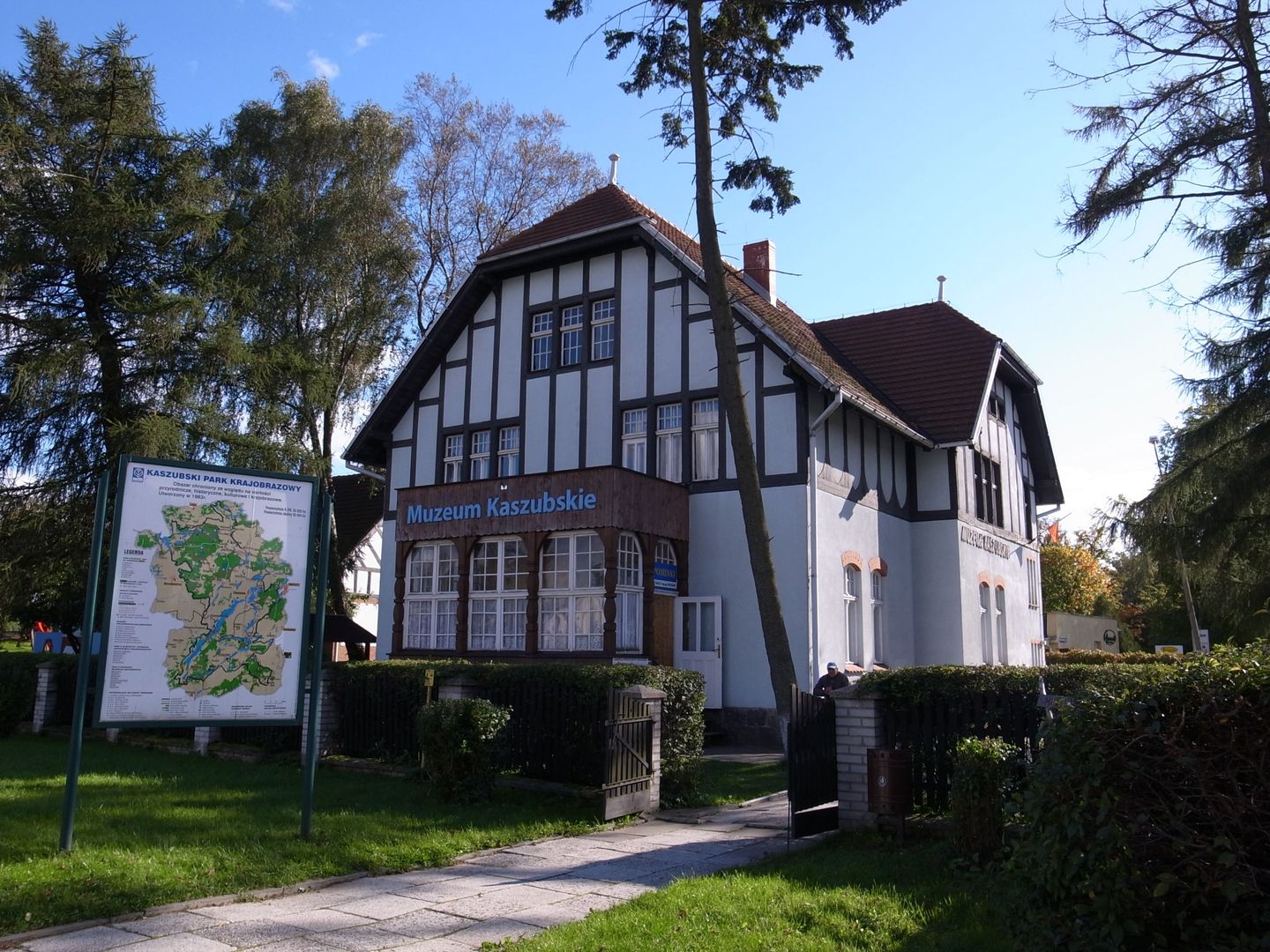The Franciszek Treder Kashubian Museum in Kartuzy
6.41

Overview
The Franciszek Treder Kashubian Museum in Kartuzy is an institution established to collect exhibits related to Kashubia and its ethnic group. Its history dates back to the pre-war period when Franciszek Treder initiated efforts to create the museum, but the outbreak of World War II halted these plans. The grand opening took place on May 1, 1947, with significant support from the Dr. Aleksander Majkowski Society of Lovers of the Kashubian Museum, which was dissolved in 1950 when the museum was nationalized. The museum's villa and outbuilding, located on Kościerska Street, were entered into the register of monuments on April 15, 1986, highlighting their architectural value.
The museum boasts rich ethnographic collections, encompassing elements of Kashubian culture, including folk musical instruments such as the *burczybas* and *diabelskie skrzypce* (devil's violin), which testify to the diversity and richness of the region's traditions. Thanks to these collections, the institution plays a vital role in nurturing the cultural heritage of Kashubia. In 1979, the museum was awarded the honorary badge "Meritorious for the Gdańsk Region," evidence of its importance in the context of protecting and promoting Kashubian culture. Interestingly, despite initial difficulties related to realizing the idea of the museum before the war, its post-war opening fulfilled the dreams of many lovers of the region, and today it stands as an important point on the cultural map of Pomerania.
Location
2025 Wizytor | All Rights Reserved